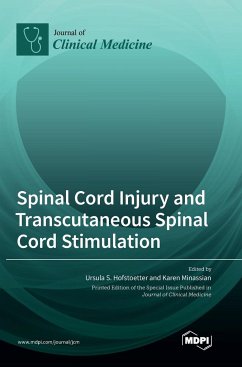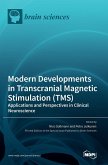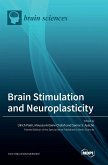Recent research of epidural and transcutaneous electrical spinal cord stimulation has demonstrated unprecedented improvements in motor function thought to be irreversibly lost due to chronic, severe spinal cord injury. Studies in parallel assess these methods for spasticity management as an alternative to medications that are often accompanied by deleterious side effects. As a noninvasive intervention, transcutaneous spinal cord stimulation holds the great potential to find its way into wide clinical application. Its firm establishment and lasting acceptance as clinical practice in spinal cord injury will not only hinge on the demonstration of safety and efficacy, but also on the delineation of a conceptual framework of the underlying physiological mechanisms. This will also require advancing our understanding of immediate and temporary effects of transcutaneous spinal cord on neuronal circuits in the intact and injured spinal cord. The purpose of this collection of papers is to bring together peers in the field to share-and eventually fuse-their pertinent research into current neurorehabilitation practice by providing a clinical perspective and novel insights into the underlying mechanisms.
Hinweis: Dieser Artikel kann nur an eine deutsche Lieferadresse ausgeliefert werden.
Hinweis: Dieser Artikel kann nur an eine deutsche Lieferadresse ausgeliefert werden.








